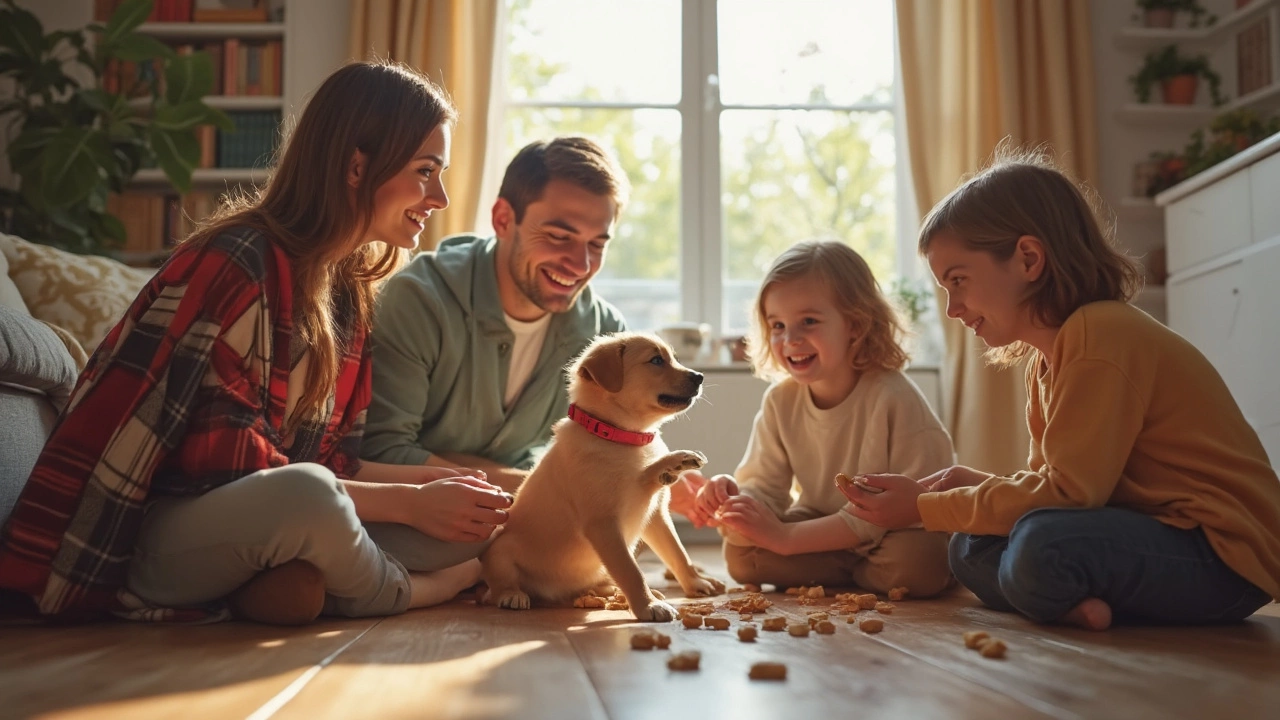Best Age to Train Your Dog: When to Start and How
Ever wonder when the right time is to teach your dog basic commands? The truth is you can start teaching right away, but the focus and methods change as your pup grows. Below we break down the key ages and give you easy steps to get the best results without stressing your dog.
Why Age Matters
Young dogs are like sponges – they soak up everything around them. Their brains develop fast during the first few months, so that’s the window when they form good habits (or bad ones). After about six months, their attention span shrinks and they become more independent, which means you need clearer, shorter training sessions. Knowing this helps you choose the right tricks, rewards, and timing for each stage.
Practical Steps by Age
0‑2 weeks (newborn): No formal training yet. Keep handling gentle, touch paws, ears, and mouth. This builds trust and gets them used to human contact.
2‑8 weeks (early puppy): Start with simple name‑recognition games. Call their name and reward a quick look‑back with a treat. Keep sessions under two minutes, and repeat several times a day. This teaches them to focus on you.
8‑16 weeks (socialization window): This is the golden period for social skills. Introduce them to new sights, sounds, and friendly dogs while rewarding calm behavior. Begin basic commands like “sit,” “down,” and “come.” Use a clicker or a distinct word to mark the exact moment they do it right, then give a treat.
4‑6 months (puppy‑teen): Their body is growing fast, so keep training fun and brief. Add “stay” and “leave it.” Practice these in low‑distraction areas before moving to busier spots. If you notice your pup losing interest, end the session on a good note and try again later.
6‑12 months (adolescent): Dogs start testing limits. Consistency is key. Reinforce all commands daily and start longer “stay” periods. Introduce loose‑leash walking using a gentle tug‐and‑release method. If your dog pulls, stop walking until the leash is slack, then resume.
1‑2 years (young adult): By now your dog should know the basics. Use that foundation for more advanced tricks or specific tasks like retrieving items. Keep rewarding occasionally to maintain motivation.
Across every age, remember these three rules: keep sessions short, end on a positive note, and use high‑value treats (like small pieces of chicken) to keep your dog eager. If a command isn’t clicking, step back to a simpler version and build up.
Training isn’t a one‑time event; it’s a daily habit. Even a few minutes each day can make a big difference. Start early, stay consistent, and watch your pup turn into a well‑behaved companion.
What Age Should a Dog Be Trained? Key Facts and Practical Tips
Wondering when to start training your dog? This article breaks down the best age to begin, explains early learning stages, and shows what matters more than the dog’s age. Get real tips for raising a well-behaved, happy pup and discover how timing can make life smoother for both of you.
